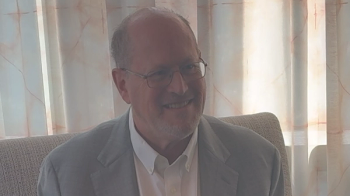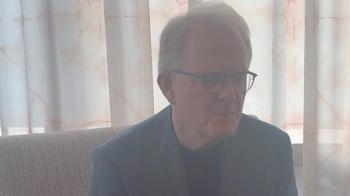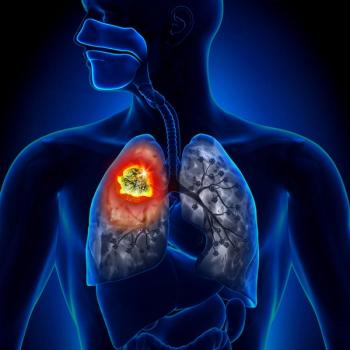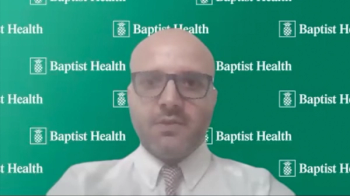
Oncology NEWS International
- Oncology NEWS International Vol 5 No 10
- Volume 5
- Issue 10
Media Attention to Prostate Cancer Lags Behind Breast Cancer, Advocate Says
NEW YORK--Michael Korda, best-selling author and editor-in-chief and vice president of Simon and Schuster, had never heard of PSA until a routine test showed that his was elevated; he had never thought about prostate cancer as something that could happen to him. After all, he was asymptomatic, a "fanatic exerciser," had given up smoking 20 years ago, and ate carefully.
NEW YORK--Michael Korda, best-selling author and editor-in-chiefand vice president of Simon and Schuster, had never heard of PSAuntil a routine test showed that his was elevated; he had neverthought about prostate cancer as something that could happen tohim. After all, he was asymptomatic, a "fanatic exerciser,"had given up smoking 20 years ago, and ate carefully.
"I approached what is now the number two (and will shortlybe the number one) killer of men among cancers in total ignoranceat the age of 61," he said at a media briefing given by theAmerican Cancer Society and the Cancer Research Institute.
His ignorance of the disease was not an exception, he said. "Menare really in the dark about prostate cancer. If men knew halfas much about prostate cancer as their wives know about breastcancer, then 41,000 American men a year would not be dying fromthe disease."
He pointed out that women's magazines are replete with articlesabout breast cancer, and even the least sophisticated woman probablyknows about breast self-examination and the need for annual check-ups.
Consequently, he said, "although breast cancer once was aguilty, shameful secret that people died of, it is now an extremelywell-known and well-publicized disease, and it is being treatedvery differently than it was 15 to 20 years ago." He stressedthat prostate cancer needs some of that same kind of attention.
"The most important things we can do," he said, "areto make men realize how widespread the disease is, how dangerousit is, and, finally, how easy it is to cope with if they havea yearly physical examination (including a PSA)."
Mr. Korda has helped do just that by recounting his own battlewith the disease in his best-selling book Man to Man: SurvivingProstate Cancer.
Mr. Korda complained that surgeons tend to underestimate theirprostate patients' pain after prostatectomy and their need forextended recuperative time. "Men are better off knowing whatmay be in store for them rather than being told, 'It isn't soserious--you'll be fine!' or 'You'll be back playing golf in afew weeks and back to work in 6 to 8 weeks.' This is often notthe case."
He cautioned surgeons and radiologists that they do not necessarilydo their patients a favor by "sugar-coating" the amountof time it takes to recuperate from prostate cancer treatmentor by playing down the risk of post-treatment incontinence andimpotence.
Mr. Korda said that he found prostate cancer support groups (seebelow) very useful to him after his surgery (particularly regardingincontinence). He added that such groups often have "cuttingedge" treatment information that could be useful to prostatecancer patients prior to intervention.
SIDEBAR
Prostate Cancer Support Groups
For information about support groups, your patients may contactthe following:
- Prostate Cancer Support Network at 1-800-828-7866
- Us-Too at 1-800-808-7866
- American Cancer Society's "Man-to-Man" at 1-800-ACS-2345
- Cancer Care Counseling Line at 1-800-813-HOPE (4673)
- Schering Corp.'s "Commitment to Care" at 1-800-521-7157
- National Coalition for Cancer Survivorship at 301-650-8868
- Patient Advocates for Advanced Cancer Treatment at 616-453-1477
Articles in this issue
almost 26 years ago
Anesthetic Interventions Rise When Anesthesiologists Join the Pain Teamalmost 26 years ago
Worldwide UN Survey Shows Many Impediments to Morphine Availabilityalmost 26 years ago
Case-Based Pain Curriculum Used in Canadian Schoolsalmost 26 years ago
Pain Descriptions May Predict Presence of Neuropathic Painalmost 26 years ago
Neurotoxicity Related to High-Dose Opioid Therapy Can Be ManagedNewsletter
Stay up to date on recent advances in the multidisciplinary approach to cancer.



















































































